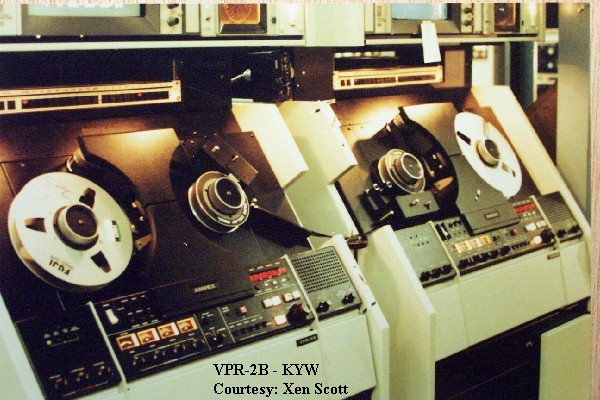All right, as we're waiting for the experts to tell us about low frequency treatment of transformers, I'll give that 80uF and its implications a try:
[quote author="clintrubber"]from Juergen:
Ah, I didn't notice the electrolytic. So there is some LPF function on that node already. Well, I'd really have to look at the whole circuit (again) to see what else is connected there, before I try giving any advice.
The 80uF elco is drawn a bit unusual in the BA283 schematic, and it's in fact in series with the supply-decoupling (but that one will likely be a lot larger in value).
But let's see, even with just the 47Ohms and the 80uF, the corner frequency is a bit high for DC compensation (calculates to 42Hz), and the emitter of the 3055 will certainly make it even more low-impedance, raising the corner frequency.
That's true, hadn't realized. Could use more uFs here.
[/quote]
If you look at the just the output stage (darlington - i'll refer to it as 3055 for simplification), without the feedback loop, that's a voltage controlled current source, described by some gm factor. *With* the feedback loop (from the collector of the 3055 back to the emitter of the input transitor), this becomes a voltage output more or less, and variations of the gm will more or less be evened out, as in any tight feedback circuit.
But let's look at the open loop behaviour for a moment longer.
The 3055 with it's emitter tied to GND would have a rather high gm, depending on its internal emitter resistance, which in turn depends on the emitter current. An external emitter resistor will degrade the gm. So for getting a high gm despite the resistor that is needed to set the DC bias, the external resistor is bypassed by a capacitor. In this circuit, the capacitor is way too small to make a bypass at low and even mid frequencies (still talking of open loop mode.)
The feedback loop evens this out, so you get the desired over-all wide band response. But this has two consequences:
(1) I'd expect distortion to rise at lower frequencies (even without the transformer!), which might be part of that special character of the circuit. But I'm not sure about that, so I won't speculate any further here. But the other thing is quite obvious:
(2) when the gm of the 3055 falls with lower frequency, and the overall voltage gain and load impedance stay fairly constant, you'll get an increasing amount of AC signal at the 3055's emitter, too.
To quantify this a bit, at roughly 4Hz, the emitter shows the same audio level as the collector. At 100Hz, the emitter signal is approx. 23dB weaker than the collector. At 16Hz, it's only 8dB.
I have no idea if this is "good enough" to be directly used for a compensation VCCS, but I'd be prepared that it might slightly alter the sound. (Remember that additional signal path is no discrete NEVE circuit anymore, it's whatever the opamp you choose will make out of it.
If I were you, I'd put in an extra filter.
JH.





